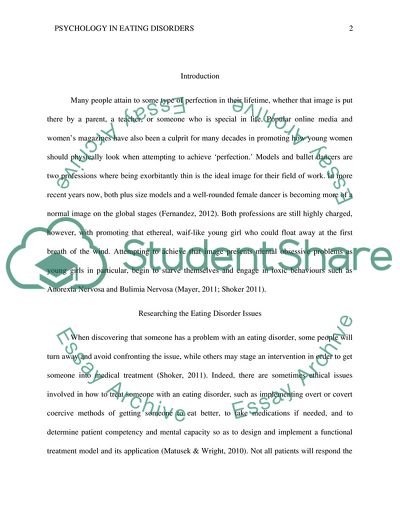Cite this document
(The Psychology of Eating Disorders Essay Example | Topics and Well Written Essays - 1250 words - 2, n.d.)
The Psychology of Eating Disorders Essay Example | Topics and Well Written Essays - 1250 words - 2. https://studentshare.org/psychology/1829144-eating-disorders
The Psychology of Eating Disorders Essay Example | Topics and Well Written Essays - 1250 words - 2. https://studentshare.org/psychology/1829144-eating-disorders
(The Psychology of Eating Disorders Essay Example | Topics and Well Written Essays - 1250 Words - 2)
The Psychology of Eating Disorders Essay Example | Topics and Well Written Essays - 1250 Words - 2. https://studentshare.org/psychology/1829144-eating-disorders.
The Psychology of Eating Disorders Essay Example | Topics and Well Written Essays - 1250 Words - 2. https://studentshare.org/psychology/1829144-eating-disorders.
“The Psychology of Eating Disorders Essay Example | Topics and Well Written Essays - 1250 Words - 2”. https://studentshare.org/psychology/1829144-eating-disorders.


